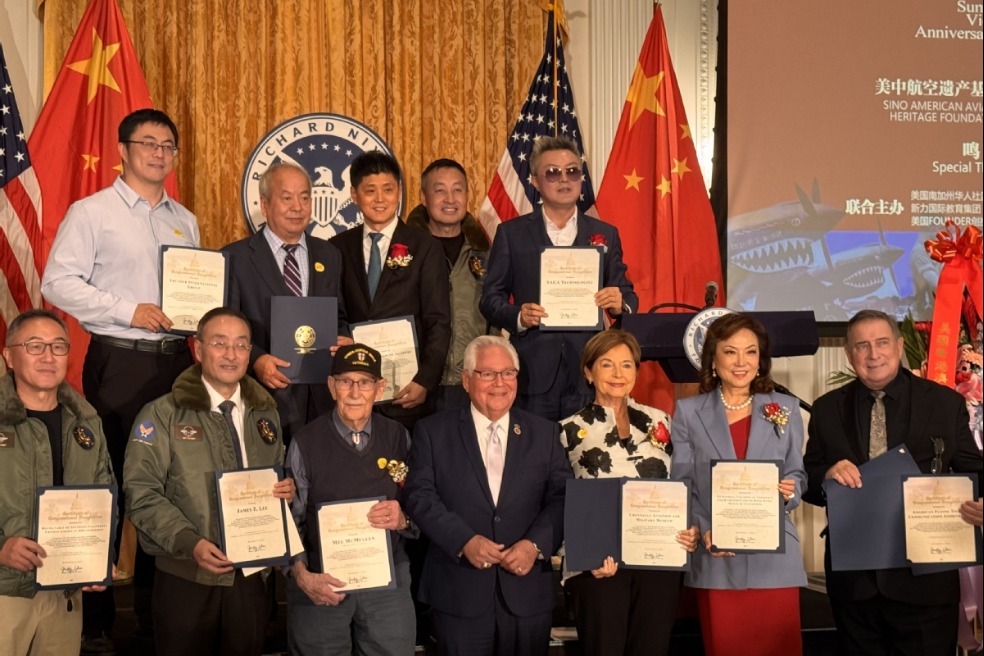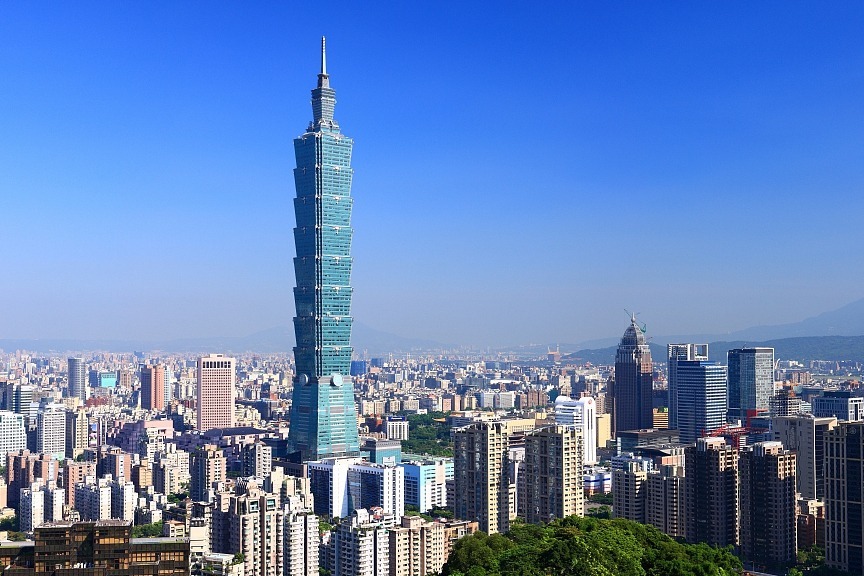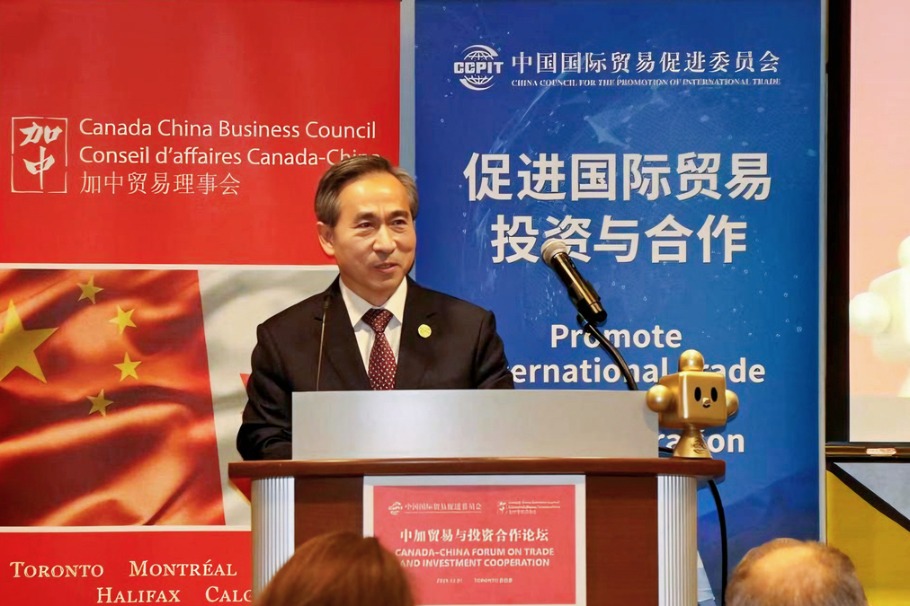China, US should work together to build up AI

The world needs to get its artificial intelligence act together.
AI is a megatrend that is revolutionizing the world. The AI revolution is driven primarily by two nations, China and the United States.
China missed out on the first three industrial revolutions but has regained its wealth and power after more than a century of humiliation (1839-1949). It is driven to be a leader in the AI revolution for reasons of national security and economic prosperity.
There is a direct correlation between technological advancement, wealth and power that both nations understand.
While other nations are not irrelevant in the AI space, the US and China dwarf every other nation in terms of economics, size, innovation and power, so they are consequently the two dominant players.
A recent report by PricewaterhouseCoopers lays out how the US and China are set to capture 70 percent of the $15.7 trillion windfall that AI is expected to add to the global economy by 2030.
As the two major powers driving this new technology, they need to work together to exploit the pluses and suppress the negatives.
How will the two nations' respective governance models, histories and cultures drive AI decisions going forward? Will AI be used to lift up and unite humanity? Will it result in global prosperity or in destruction, conflict and a new type of war that would not occur in the traditional land, sea and air formats, but would play out in outer space, cyberspace and the realms of information and communication?
All major world issues will intersect at the corner of Beijing and Washington, DC. How our respective leaders address these issues will affect the people of China, the US and all of humanity.
The AI game board of the future is being built today by China and the US. Can the two nations work together to lead the way in ensuring all the potential good that AI has to offer while avoiding the negative and potentially destructive aspects?
We can work to solve our global challenges on an equal and cooperative footing to address such issues as hunger, health, climate, energy, the global economy and current and future conflicts.
Both nations generously support AI research and development. Additionally, professional relationships built by Chinese students studying in the US have spawned collaboration. This once again proves the power of student and people-to-people exchanges between the two nations, a power set in motion in 1979 by then Chinese Vice-Premier Deng Xiaoping and US president Jimmy Carter.
AI technology is not international; it is transnational. The digital world does not recognize political boundaries and ultimately has no nationality.
It is imperative that the US and China find ways to maintain open dialogue as this technology emerges, and set guardrails as well as red lines regarding its use.
Focusing on the seven C's — promoting communication, collaboration, cooperation, coordination and competition while avoiding confrontations and conflict — and at the same time finding ways in which both nations can maintain success is a strategy worth pursuing.
Of course, the US and China will each pursue AI applications and operate from their respective values and self-interest. The hope is that they will do so in ways that promote peace and prosperity for all.
China and the US need to step away from the AI seesaw on which one nation needs to be down for the other to be up. This way of thinking provides a perverse disincentive to coordinating on shared challenges, learning from each other and assuring that AI solves existing and future global problems, rather than creating new problems or exacerbating existing ones.
AI standard-setting and sound governance regarding its use are in the best interests of the world. Out of control, AI could become the raw ingredients for a science-fiction horror show.
It is important for the US and China to learn to do the AI dance together and not overreact to any perceived missteps as the technology evolves.
If we collaborate and choose wisely, global common prosperity is not only feasible, but highly likely. We can solve our global challenges in ways that will lift all boats.
Tom Watkins, a former superintendent of schools for the US state of Michigan, is a business and education consultant. The views do not necessarily reflect those of China Daily.
































